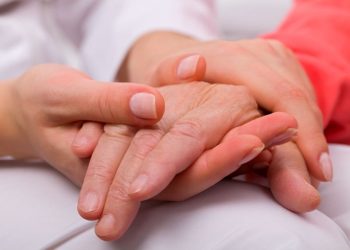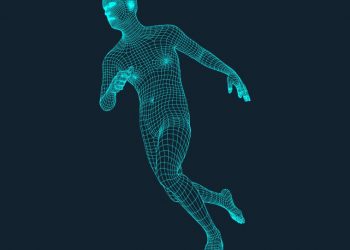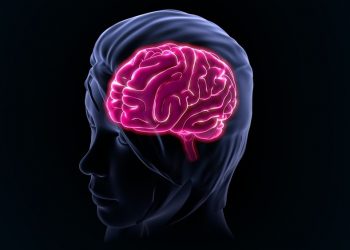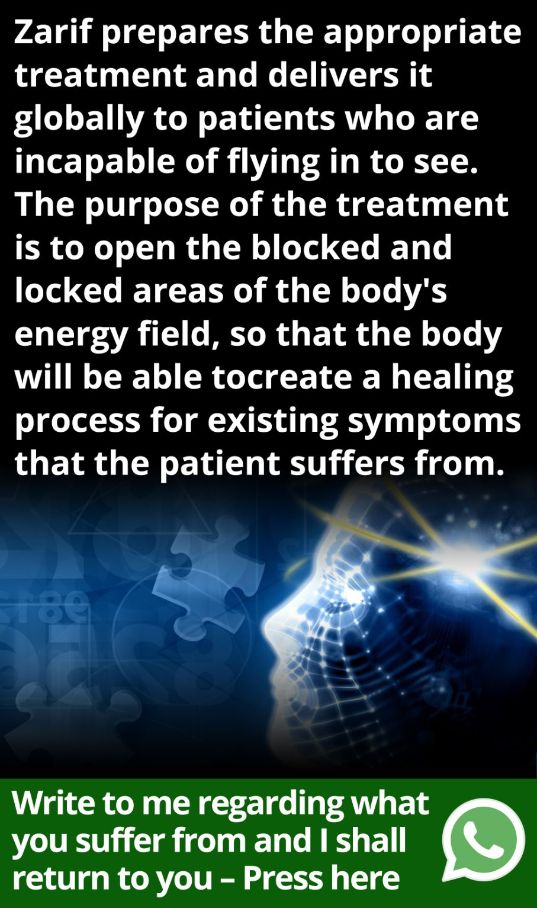
Knowing the Different Types of Arthritis
There are more than 100 different kinds of arthritis, each having their specific causes, symptoms, as well as treatments. Arthritis is simply the generic term for a joint condition that causes stiffness and painful inflammation of the joint. While the names of the different types of arthritis can be somewhat misleading since they all refer to pain in the joint, there are some types of arthritis that affect only one joint. Some examples of these types of arthritis are psoriatic arthritis, rheumatoid arthritis, and osteoarthritis. Each specific type of arthritis has its own treatment and cures.
Psoriatic Arthritis is caused by psoriasis. Psoriasis is a chronic skin condition that usually affects the skin on the surface of the body but can also affect the bones and joints. Common symptoms of psoriasis include dry, thickened skin, swelling, pain, and redness. While this type of arthritis may affect any joint, it is most commonly found in the knees, elbows, and hips.
Lupus is another type of autoimmune disease. Lupus is a viral disease of the blood and its symptoms include fever, swelling, rash, pain, and muscle aches. Swelling and pain in the joints and the lumbar region are common symptoms of Lupus. As with many types of arthritis that affect the joints, pain and swelling from Lupus often occurs in the legs, which can make walking difficult or impossible.
autoimmune disease. Lupus is a viral disease of the blood and its symptoms include fever, swelling, rash, pain, and muscle aches. Swelling and pain in the joints and the lumbar region are common symptoms of Lupus. As with many types of arthritis that affect the joints, pain and swelling from Lupus often occurs in the legs, which can make walking difficult or impossible.
Rheumatoid Arthritis is caused by an inflammatory disease of the blood vessels and tissues surrounding the organs. Rheumatoid arthritis is classified as an auto-immune disorder, which means that the immune system actually attacks itself. Common symptoms of rheumatoid arthritis include fatigue, swelling, pain, and stiffness. It affects almost every part of the body but is most commonly found on the hands and feet. Other types of arthritis that affect the hands include diabetic neuropathy, gynecological problems, and facial nerves.
Gout is a painful type of arthritis that is characterized by painful swellings and inflammation of the joints. Common symptoms include bone and joint pain, tenderness, and buildup of high uric acid in the joint fluid. High levels of uric acid build up in the joints, causing them to become less mobile and stiff. Gout is a result of too much uric acid build up, which eventually leads to the formation of crystals in the joint fluid that causes the painful swellings and inflammation.
Rheumatoid arthritis affects the body's connective and supportive tissue and results in a range of symptoms including stiffness, swelling, joint pain, fatigue, and palpitations. Rheumatoid arthritis is an auto-immune disorder, meaning that the immune system actually attacks itself. Common symptoms include stiffness, swelling, fever, fatigue, pain, and decreased mobility. There are several types of rheumatoid arthritis, including psoriatic, sebaceous, and primary inflammatory.
Psoriasis is a chronic skin condition that can cause excessive itching and joint inflammation. The symptoms of psoriasis are typically dry, red, flaky, and warm skin with red, swollen areas. There are several types of psoriasis, including plaques, crusts, and eczema.
Osteoarthritis affects the bones, muscles, and other connective tissue in the hip and spine area. Osteoarthritis is one of the most common and most severe types of arthritis and commonly affects people over 60 years old. Common symptoms of osteoarthritis include stiffness, swelling, decreased range of motion, and pain. The treatment for osteoarthritis often involves physical therapy and pain medications. Some doctors may also recommend lifestyle changes to help reduce symptoms of osteoarthritis.
The symptoms of rheumatoid arthritis are similar to those of osteoarthritis, but they usually occur only in the fingers, hands, knees, elbows, and hips. Rheumatoid arthritis usually causes severe pain, swelling, and stiffness, although the fingers and hands may not be affected as much as the hips and spine. Symptoms can vary widely, depending on the site of inflammation. Swelling, pain, and stiffness can affect any part of the body, but the fingers and hands are usually the most common locations where arthritis occurs.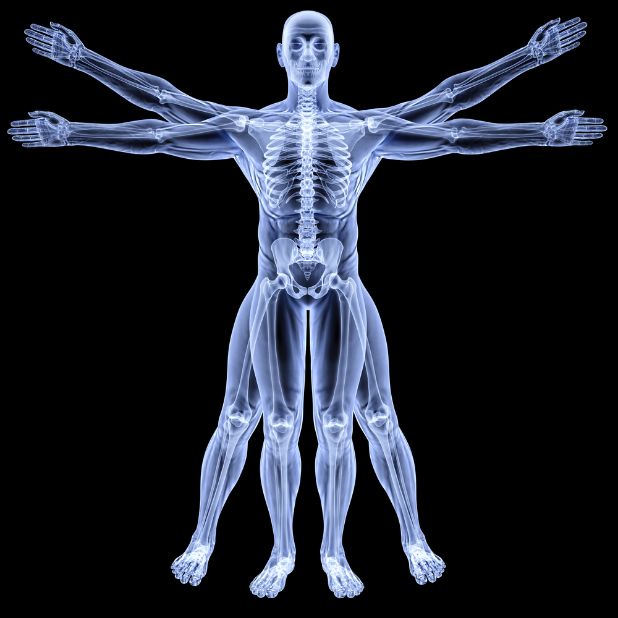
Finally, there are two other types of arthritis that affect the body. Lupus is an autoimmune disease that affects the tissues and organs of the body causing fever, exhaustion, and joint inflammation. Scleroderma, also known as hardening of the skin, is a rare, chronic illness that can lead to serious complications if not treated promptly. Both these diseases cause symptoms similar to arthritis, but sometimes there are flare-ups that occur. Flare-ups can involve swelling, redness, and pain, but sometimes there are a fever and chills, as well. These flare-ups should not be ignored and should be seen by a doctor to determine the exact cause of the flare-up so that it can be properly treated.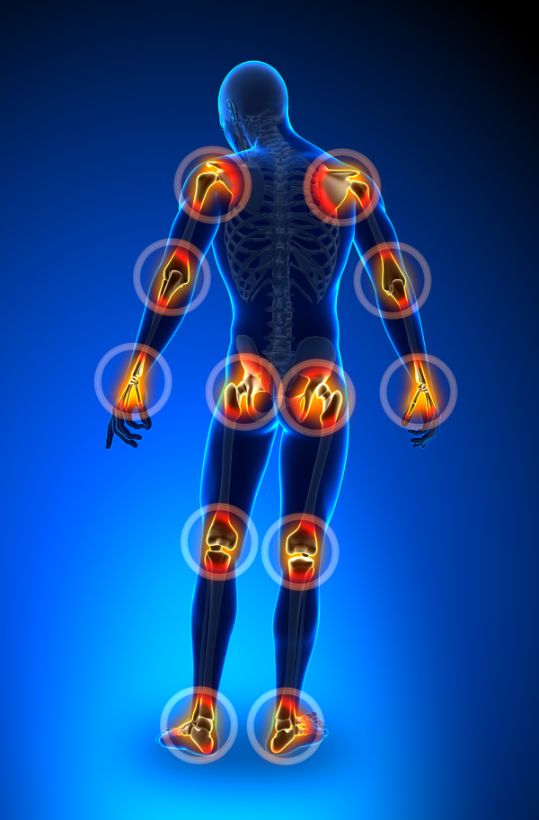
No matter which type of arthritis you have, it can be very debilitating to the degree that it can interfere with normal activities and day-to-day life. Because of the damage that this type of arthritis can cause to the joints, many sufferers cannot perform simple tasks like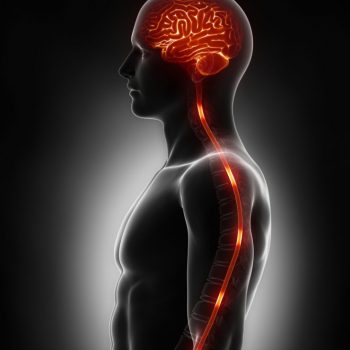 climbing stairs, using a computer keyboard, picking up items off of a table, or going to a store to shop for groceries. When there is a flare-up, it is important to seek immediate treatment for relief from pain and inflammation. A doctor can determine the cause of the inflammation, give you the medication you need, and guide you through an exercise program to help ease the impact of the fibromyalgia or arthritis on your joints.
climbing stairs, using a computer keyboard, picking up items off of a table, or going to a store to shop for groceries. When there is a flare-up, it is important to seek immediate treatment for relief from pain and inflammation. A doctor can determine the cause of the inflammation, give you the medication you need, and guide you through an exercise program to help ease the impact of the fibromyalgia or arthritis on your joints.










